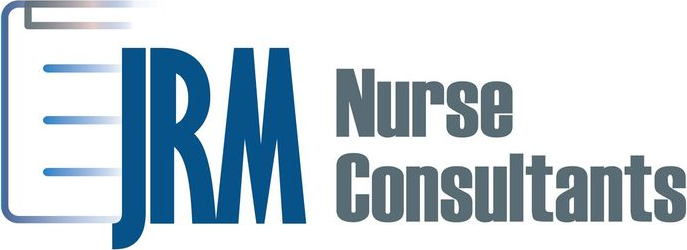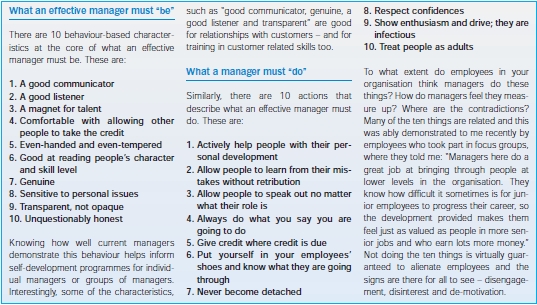In my previous employment, I went through some challenging issues that started at the leadership level. I was a manager of case managers at the time. The role of the professional nurse when implementing a change is to identify that there is a need for a change (Rubenfeld & Scheffer, 2014). Once the need for a change is identified by the nurse, the next step is to implement a change in behaviors efficiently and with quality. When identifying the area specifically that needs the change, nurses need to be deliberate in stating the purpose of the change. When speaking to the target group about making the change, it is important to keep their attention span with non-lecturing phrases. As nurses, we are not always in our comfort zone to explain why changes need to be implemented. We should be prepared to explain why this change is needed and what improvements these changes will make (Rubenfeld & Scheffer, 2014).
Generally, people will always be resistant to change. But as professional nurses, our focus is to build trust and credibility. The goal is to acknowledge that the change is coming and that you empathize with the feelings of the upcoming change (Rubenfeld & Scheffer, 2014).
Where I used to work, they were very involved with ACHA (Agency for Healthcare Administration) because we held a state contract. Evidence-based nursing was, in a sense, required as far as patient care when our case managers were managing a case. However, on the same note, although our case managers were not performing hands-on care, they were required to know about all their diagnoses and treatments. We had social workers and nurses alike seeing the same types of members. The issue with nurses and social workers seeing the same types of patients is that the social worker is not able to use his/her critical thinking skills in their area of expertise. They were required to assist members who had complex medical issues, for instance, those on a ventilator or with more complex medical problems.
A suggestion was made when I arrived at my workplace to utilize the social workers in conjunction with the nurses to manage the social aspects of the patients; however, the decision was denied. It was noted that ACHA is not paying the company to rethink how cases were managed and by whom because it was not hands-on care; it was case management (Barr & Dowding, 2012).
There was very little nursing involved in my job role; it was primarily reports and meetings to talk about reports and how to fix these reports. It was an ideal job for someone who had an interest in the perfection of numbers and statistics. Every other day, there was a new change that was being implemented. We often questioned why there was a change, but what we were told was that the change was immediate and mandatory. For the staff case managers, these changes were difficult because the staff were in the field. They may receive an email about something that needs to be changed as soon as possible; however, they may have just returned home at 4:30 or 5 pm, looking forward to the end of their day. When the case managers checked their emails, they found deadlines on multiple items due. These changes affect the staff because they have to work after hours to get the work completed timely. This kind of change caused many good nurses and social workers to resign (Barr & Dowding, 2012).
As nurses or leaders, we tend to fall into the routine of lecturing due to the pressures that we are under. However, two of the six dimensions of dealing with complex dynamic changes are creativity and intuition. As a leader, we should not just teach our group something; we should implement a way to bring creativity into the change and use intuition to know how to speak to our group. The best way to implement a change is to get the group to commit to doing the new change and develop a SMART goal with them that will allow them to measure their own goals (Rubenfeld & Scheffer, 2014).
The leadership theory that most resembles mine is the coaching leadership style. The coaching leadership style allows me to work closely with staff at different levels and empower them to meet their goals and gain confidence in their strengths. By being confident, they can focus on themselves as they work on their weaknesses. In my previous job, the leadership style seemed like a dictatorship; however, for the discussion here, it will be stated as coercive. My manager’s favorite phrase was, “I gave a directive and everyone needs to follow it. Any questions, 1 second wait time, no, good. It’s due by the close of business.” If questioned on how to juggle that with all the meetings and other directives, the reply was always, as a manager, make it happen. My manager always reminded me that she did not take lunch or breaks, and she had “no life!” For fun, she read the ACHA contract that was 350 plus pages because reading any other book was pointless (Barr & Dowding, 2012).
References
Barr, J., & Dowding, L. (2012). What makes a leader? In Leadership in healthcare (2nd ed., pp. 13–31). [Vital Source Bookshelf]. Retrieved from https://campus.capella.edu/web/library/home
Rubenfeld, M. G., & Scheffer, B. (2014). Critical thinking and patient-centered care. In Critical thinking tactics for nurses: Achieving the IOM competencies (3rd ed., pp. 155–180). [Vital Source Bookshelf]. Retrieved from https://campus.capella.edu/web/library/home



























